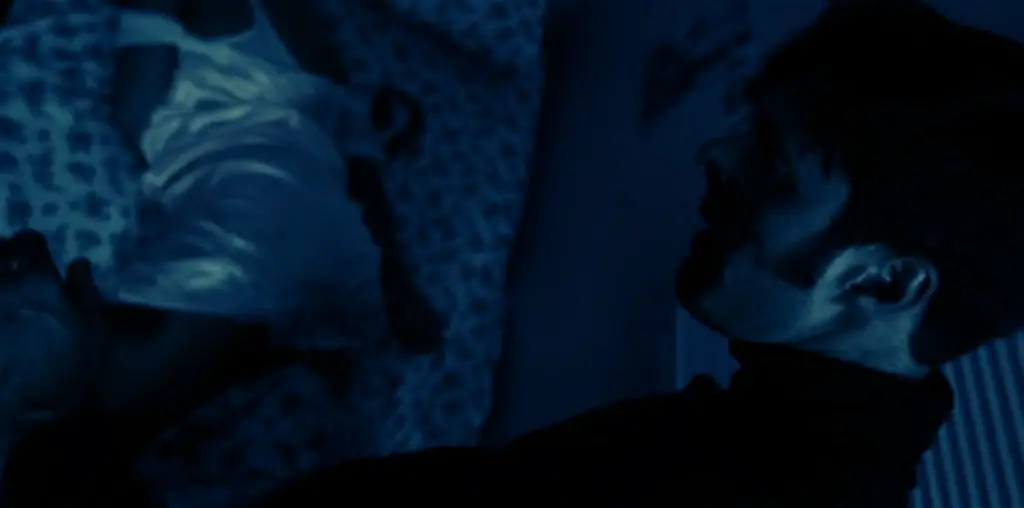
“It Takes Time to See” is a dance documentary by Deborah Fort and Marsha Tallerico about choreographer and filmmaker Yvonne Rainer’s seminal 1966 dance solo “Trio A.” It begins with black and white stills of moments from the dance. “Trio A” has been an influential piece of choreography, exemplifying the values of the “Judson Church” group of choreographers from the mid to late 1960s, who eschewed spectacle, drama, poetics, and virtuosic physical technique and favored the use of ordinary, everyday movements. They emphasized bodily movement as a full reality in and of itself, needing neither music, story, nor high emotions. Rainer’s “NO manifesto” was a rallying cry for this aesthetic. She later switched forms to become a filmmaker, and produced a series of brilliant, utterly original films over several decades. Recently, she has returned to her interest in dance.
“It Takes Time to See” pays homage to Rainer’s film “Film About A Woman Who…” by incorporating bits of type-written text (in this case, critical comments about the importance of “Trio A”) on pieces of paper which are attached to various parts of the dancers’ bodies, reminiscent of an image from Rainer’s film. “Trio A” last only 4 and a half minutes, but it is exceedingly complex and dense. The movements are all simple motions that an untrained person could perform, but the coordination between different parts of the body is very tricky, and there is unending stream of new material, with few repetitions, in one long, uninflected and completely even flow of motion. This makes it challenging for a viewer to take in all the elements of the movement.
The video begins with some background information about the context in which “Trio A” was created, and lengthy excerpts from Rainer’s own description of the dance, clarifying its structure in five different sections. We see footage of the dancers learning and practicing the dance, which emphasizes the Judson group’s interest in process. Shots of some young kids learning the movements help to emphasize that the individual movements are ones that anyone can perform.
Next, we see the entire dance, performed by two dancers in a loose unison. The fact that the two dancers don’t try to use the exact same timing emphasizes the importance of inner impulse, and the distrust of technical display. Fort and Tallerico do a wonderful job of translating the dance to video, intercutting between a color version with the dancers in tank tops and sweat pants and a black and white version in pajamas. Their editing and camerawork allow us to see all of the overall form of the movement, but still pick up important small details. On the other hand, the inclusion of a highly rhythmical percussion score with the dance seems to violate Rainer’s original spirit, and the strongly rhythmic character of the sound actually creates an enormous obstacle for the viewer in trying to sense the innate rhythm of the choreography.
Rainer and the Judson group continue to have an important influence in contemporary dance aesthetics today, both from those Judson choreographers like Trisha Brown who are still working, and in the work of younger artists like John Jasperse, but most younger dance fans will not have seen Rainer’s dances or learned the details of her ideas. “It Takes Time to See” does a wonderful job making this work, from nearly 50 years ago, alive, exciting and important for a contemporary audience.
